Do your nursing pads contain indications of toxic PFAS, “forever chemicals?” Our audience asked Mamavation that question, and the only way to find out was to send the nursing pads used by our audience to the laboratory. So that is what we did in our latest consumer study on indications of PFAS. You’ve trusted Mamavation to bring you topics like best cooking oils tested for toxic phthalates, best & worst cookware sans PFAS, & best water filters to capture PFAS, now join us for a consumer study on indications of PFAS and nursing bras.
Disclosure: This consumer study is released in partnership with Environmental Health News. Donations were provided by Environmental Health News and Mamavation community members. Note that Mamavation has only “spot-checked” the industry and thus we cannot make predictions about brands and products that we have not tested. Products and manufacturing aides can change without notice so buyer beware. This post contains affiliate links, with some to Amazon, which means Mamavation will receive a portion of those sales and we will use that to pay ourselves back for the testing. You can also give a tax-deductible donation to our consumer studies here through Environmental Health Sciences. Thank you!
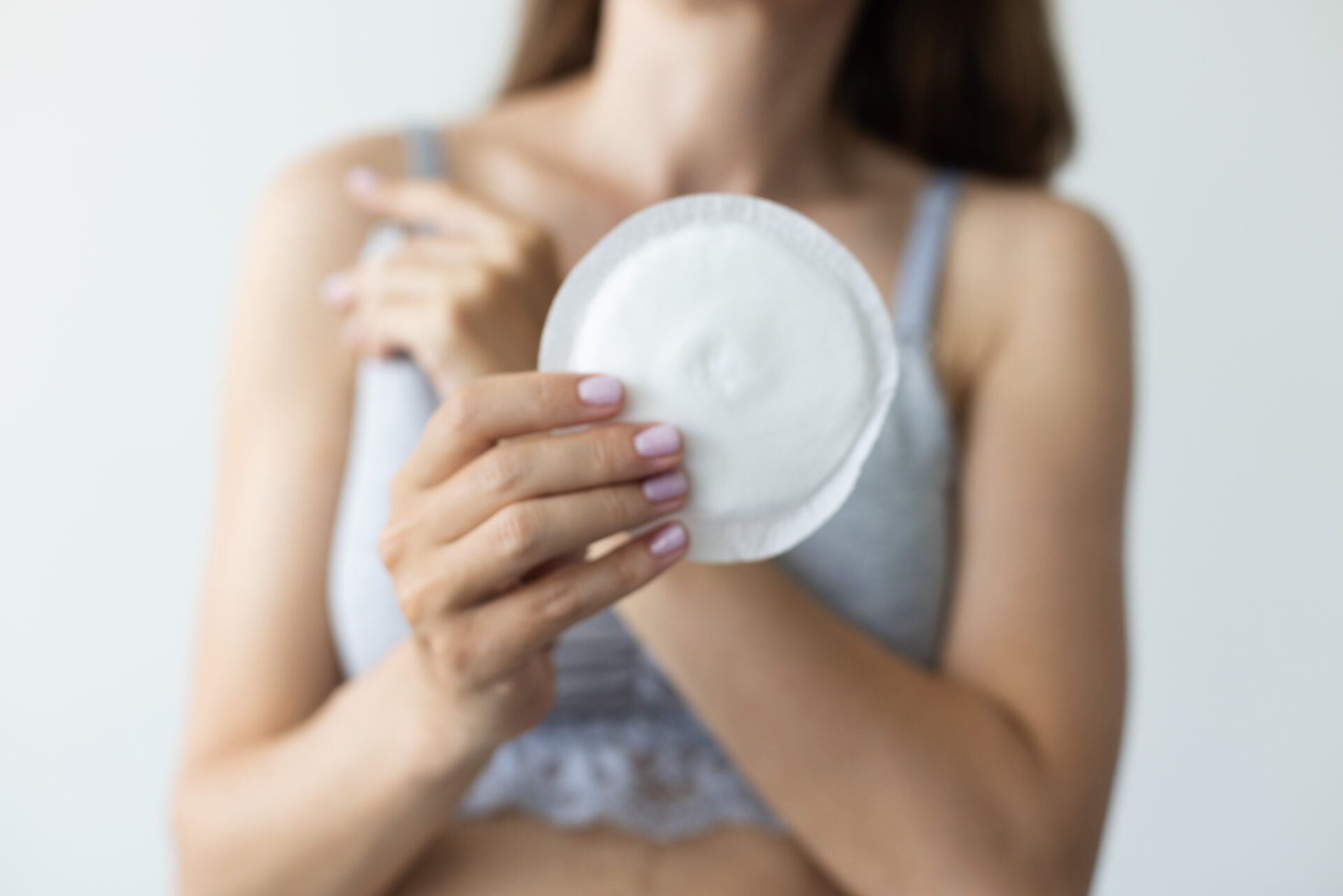
Table of Contents
Mamavation’s Lab Finds No Indications of PFAS “Forever Chemicals” In Nursing Pads
Mamavation’s EPA-certified laboratory found indications of PFAS “forever chemicals” after analyzing nine nursing pads. PFAS is found in many other areas of our homes with some examples being cookware, makeup, drinking water, contact lenses & dental floss. These chemicals are linked to serious health effects, which we will discuss later. Because PFAS are so toxic, Mamavation has commissioned our own scientific studies on indications of PFAS in products to make recommendations for nursing pads using PFAS-free materials. Read Mamavation’s articles on these products to find which brands are organic-fluorine-free.
For this consumer study, Mamavation sent nine nursing pads from nine brands to an EPA-certified laboratory looking for indications of toxic PFAS “forever chemicals.” This is done through total organic fluorine testing, which is also how the State of California determines no PFAS in textiles. Here’s what we found:
- 0% of total nursing pads tested had indications of PFAS “forever chemicals.” That’s zero detections from nine nursing pads. The detection limit was 10 parts per million (ppm).
- This is good news! Please scroll to the bottom of the post for the results of what we tested.
California passed laws years ago that became law in 2025 protecting consumers from PFAS in clothing. Beginning on January 1st, 2025, no company producing “apparel” which includes “undergarmets” can sell or distribute in California when the presence of PFAS is measured by total organic fluorine above 100 parts per million (ppm). Then on January 1st, 2027, these amounts go down below 50 ppm of total organic fluorine. We are unsure if nursing pads would fall under this law; however, the good news is we didn’t find any indications of PFAS above 10 ppm in this category of products.
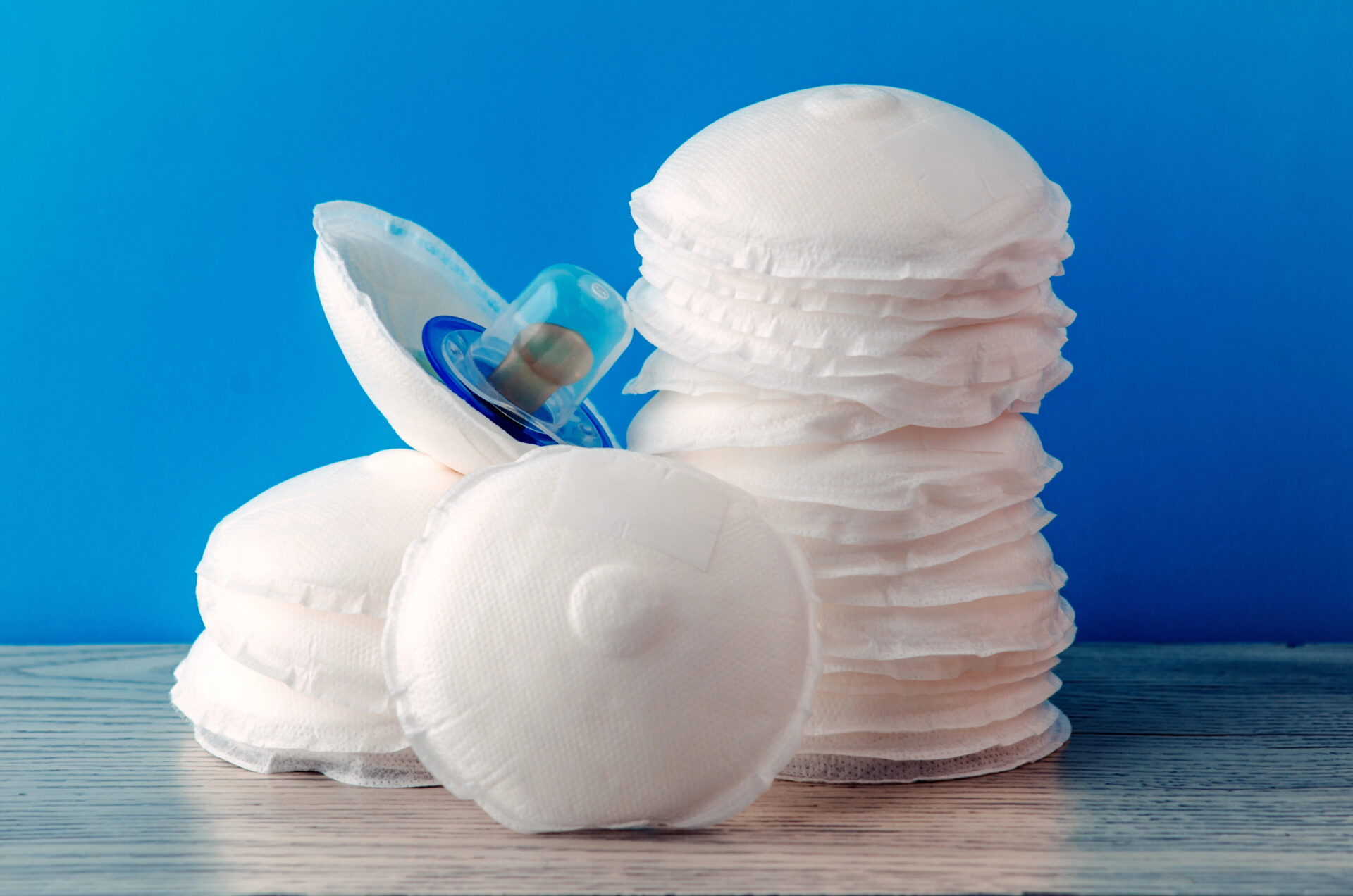
PFAS “Forever Chemicals” Have Problematic Health Effects
PFAS “forever chemicals” are problematic for human health and the environment. They are considered ubiquitous, persistent, and toxic. Many of these PFAS chemicals can last for years or decades in our bodies. The health effects of exposure to PFAS on the skin in sensitive areas like breast tissue are unknown. It’s also unknown what happens when it is absorbed into our tissues and travels around in our bodies. However, we do know that these areas can be vulnerable to toxic chemicals like PFAS “forever chemicals” because of the proximity to breast tissue and the lymphatic system. Therefore, it’s imperative to reduce the amount of PFAS you are exposed to from food, water, and consumer products like nursing pads & bras. Mamavation is dedicated to helping you do that when you are shopping for nursing pads.
Here are some of the health effects of different PFAS “forever chemicals:”
- Reduction in immunity
- Reduced vaccination response
- Increased risk of allergies & asthma in young children
- Affected growth, learning, and behavior of infants and older children
- Increase cholesterol levels
- Metabolic diseases like obesity & diabetes
- Cardiovascular disease
- Lowered a woman’s chance of getting pregnant
- Lowered male fertility
- Increased risk of kidney & testicular cancers
- Causes endocrine disruption
- Disrupted normal thyroid function
- Increases risk of acute lymphoblastic leukemia in children
It’s also very clear based on biomonitoring evidence from the Center for Disease Control (CDC) that PFAS are in all Americans. Therefore, these exposures can harm most Americans.
Other Categories of Products Mamavation Has Tested for Indications of PFAS “Forever Chemicals”
Before we launch into the raw data from our lab, we wanted to remind you about all the other studies we have done on indications of PFAS “forever chemicals” inside the food and consumer products you may bring inside your home. Each one of these studies were done in a similar fashion as this study with brands sent independently to the lab and raw data of those labs at the bottom of the post.
- Nursing Bras
- Activewear (Yoga Pants)
- Sports Bras
- Dental Floss
- Toilet Paper
- Period Underwear
- Tampons
- Sanitary Pads, Pantiliners, & Incontinence Pads
- Soft Contact Lenses
- Green Beauty Makeup
- Lip Balm
- Condoms & Lubricants
- Powdered Electrolytes
- Butter Wrappers
- Pasta & Tomato Sauces
- Nut Butters (Peanut butter, etc.)
- Ketchup
- Parchment Paper
- Cupcake Liners
- Plastic-Free Straws
- Fast Food Packaging
- Children’s Probiotics
- Kids’ Backpacks
- Baby Strollers
All additional consumer studies are posted here.
Product Brands We Tested
To help our community make safer choices, Mamavation evaluated a variety of nursing pads purchased between March and April 2025. All items were purchased by community members, kept in their original packaging, logged into our database, and sent directly to our EPA-certified laboratory for PFAS marker testing.
Our lab screened each nursing pad for total fluorine using the Determination of Total Fluorine by Oxygen Flask Combustion and Ion-Selective Electrode. When total fluorine reached the 10 ppm detection limit, free fluoride ion was measured and subtracted to determine organic fluorine. Because more than 12,000 PFAS chemicals exist—and only a small number can be individually identified—organic fluorine serves as a reliable marker when evaluating consumer textiles for PFAS “forever chemicals.”
Below is the complete list of nursing pads included in our investigation.
Nursing Pad Brands Tested by Mamavation
Products Tested
-
Dr. Brown’s Disposable Breast Pads
-
Haakaa Disposable Nursing Pads (Butterfly Shape)
-
Lansinoh Stay Dry Nursing Pads
-
Momcozy Disposable Nursing Pads
-
Frida Mom All-Day Dry Nursing Pads
-
KeaBabies Comfy Nursing Pads
-
Bodily Non-Slip Breast Pads
-
ECO by Naty Nursing Pads
-
Lansinoh Organic Washable Nursing Pads
Want full access to the raw data and our recommendations for the safest nursing pad options? Become a Member and get Free Access to the complete buying guide with detailed lab results for every product.

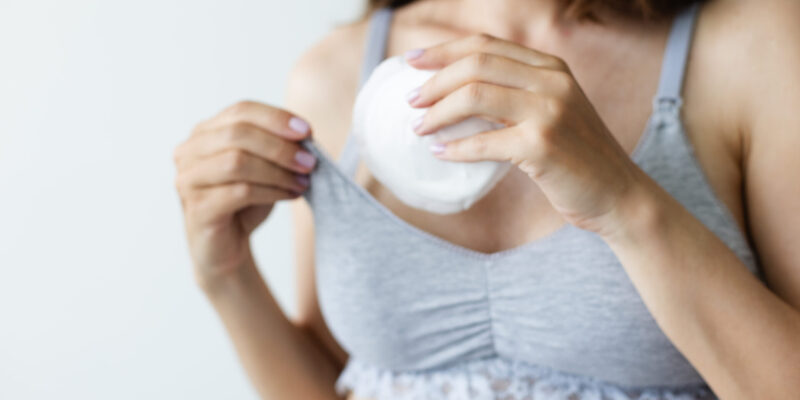
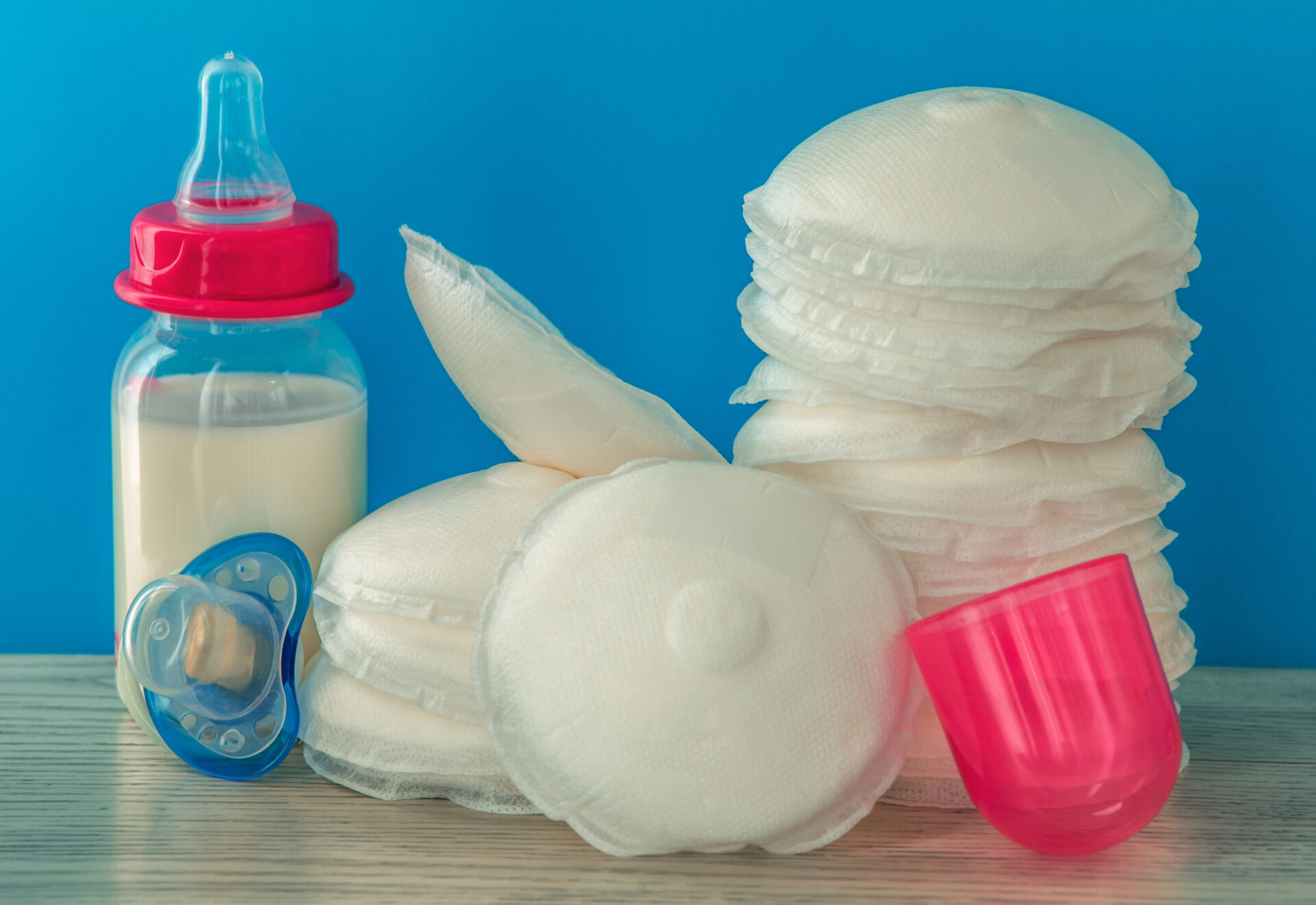
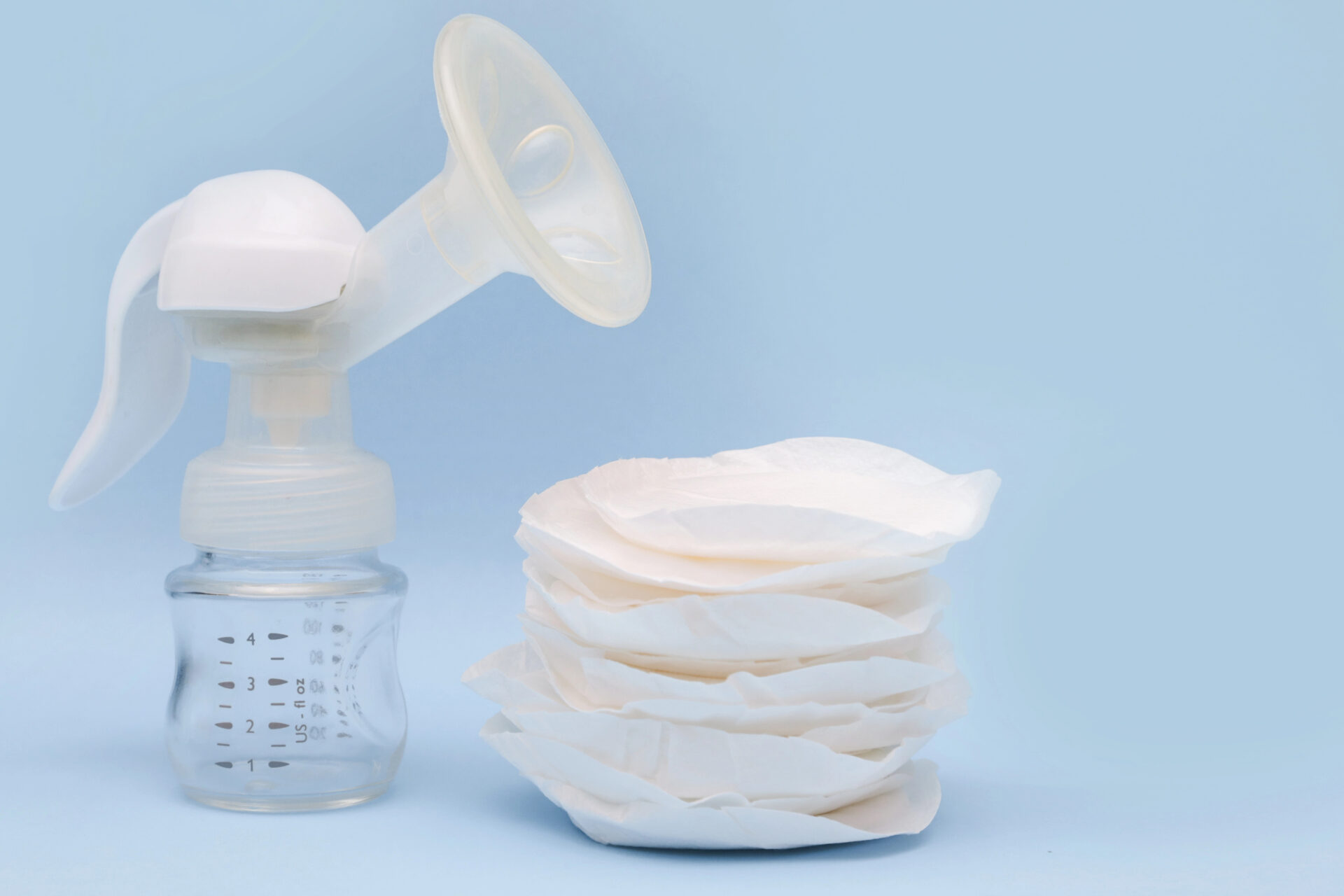
 Flaxseed Oil Tested for Toxic Phthalates — Shopping Guide
Flaxseed Oil Tested for Toxic Phthalates — Shopping Guide
I love Haakaa breast pads – and I’ve tried many different disposable brands over the years. They’re one of the few that don’t smell like chemicals and actually work (ECO by Naty pads are pointless in my experience). Hopefully they make it on your better list if they respond to your composition inquiry!